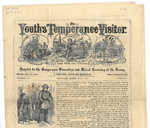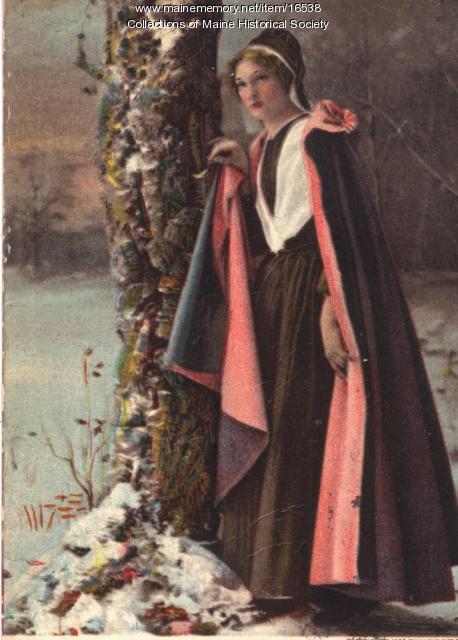Keywords: Searching
Item 74601
Cote farm search, Gorham, 1924
Contributed by: Maine Historical Society/MaineToday Media Date: 1924 Location: Gorham Media: Glass Negative
Item 30940
Old Orchard Beach after fire, Old Orchard Beach, 1907
Contributed by: McArthur Public Library Date: 1907 Location: Old Orchard Beach Media: Photographic print
Exhibit
Rum, Riot, and Reform - Overview & Introduction
"Overview & Introduction Cache of liquor, Portland, 1920Maine Historical Society/MaineToday Media Maine played a central role in the United…"
Exhibit
Rum, Riot, and Reform - Why Study the History of Drinking?
"Why Study the History of Drinking? The history of drinking in Maine and America is rich and complex."
Site Page
Architecture & Landscape database - Search the Database
"Search the Database The Maine Architecture & Landscape Database organizes and searches for items at the commission (project) level."
Site Page
Blue Hill, Maine - In Search of the Rustic Life
"In Search of the Rustic Life By Josh Sawyer, Senior, George Stevens Academy The term “rusticators” is used to describe families who came to spend…"
Story
Stripped Of More Than Clothing
by Dan Adams
Juvenile strip searches while incarcerated.
Story
Michael Reilly: preserving an iconic family business
by Biddeford Cultural & Heritage Center
The story behind Reilly's Bakery, at the heart of Biddeford’s Main Street for 100+ years
Lesson Plan
Primary Sources: Using Source Documents in the Classroom
Grade Level: K-2, 3-5, 6-8, 9-12
Content Area: Social Studies
This lesson plan introduces teachers how to use a source document and the Maine Memory Network in classrooms. It can be used in any grade and will require one or more source documents, which can be found by searching the Maine Memory Network for the topic of your choice.
Lesson Plan
Longfellow Studies: The Acadian Diaspora - Reading "Evangeline" as a Feminist and Metaphoric Text
Grade Level: 6-8, 9-12
Content Area: English Language Arts, Social Studies
Evangeline, Longfellow's heroine, has long been read as a search for Evangeline's long-lost love, Gabrielle--separated by the British in 1755 at the time of the Grand Derangement, the Acadian Diaspora. The couple comes to find each other late in life and the story ends. Or does it?
Why does Longfellow choose to tell the story of this cultural group with a woman as the protagonist who is a member of a minority culture the Acadians? Does this say something about Longfellow's ability for understanding the misfortunes of others?
Who is Evangeline searching for? Is it Gabriel, or her long-lost land of Acadia? Does the couple represent that which is lost to them, the land of their birth and rebirth? These are some of the thoughts and ideas which permeate Longfellow's text, Evangeline, beyond the tale of two lovers lost to one another. As the documentary, Evangeline's Quest (see below) states: "The Acadians, the only people to celebrate their defeat." They, as a cultural group, are found in the poem and their story is told.













